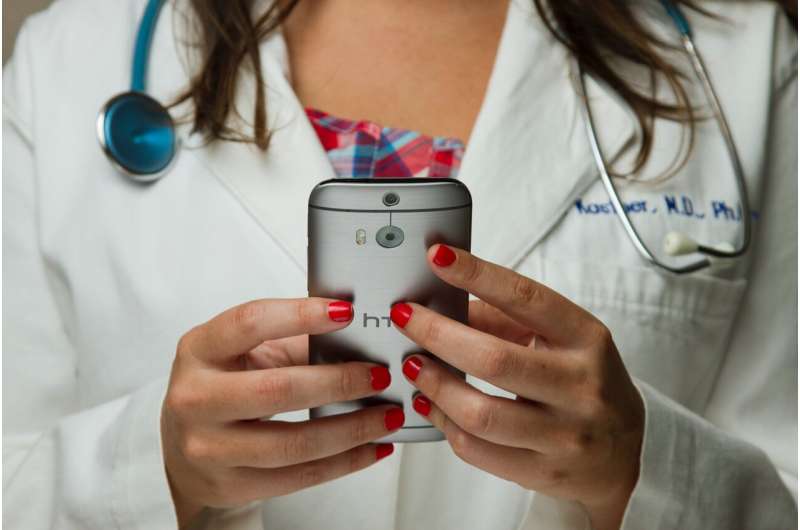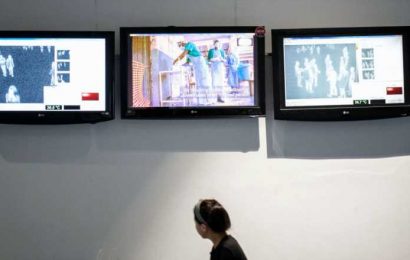
A study by Mayo Clinic investigators highlights the development and implementation of Mayo Clinic’s large-scale COVID-19 Remote Patient Monitoring Program, which has served more than 7,000 patients across 41 states.
The study evaluated the impact of the program, including:
- Feasibility
- Safety
- Patient engagement with the technology
- Rate of alerts and escalations managed by virtual care teams
- Use of acute care resources
- Patient clinical outcomes
Results of the study are published in npj Digital Medicine.
“Our study investigated how our established Remote Patient Monitoring Program with centralized nursing that supports chronic disease management could effectively be adapted to serve a large number of patients with an acute condition such as COVID-19,” says Tufia Haddad, M.D., medical director for the COVID-19 Remote Patient Monitoring Program in Mayo Clinic’s Center for Digital Health. Dr. Haddad is a Mayo Clinic medical oncologist.
Dr. Haddad says as the COVID-19 pandemic shut down routine activity in the U.S. in March 2020, hospitals rushed to develop new ways to support non-hospitalized patients with COVID-19 who were at risk for severe illness. Mayo Clinic expanded telemedicine services, including Remote Patient Monitoring, at that time.
“At Mayo, we determined the feasibility and safety of a COVID-19 Remote Patient Monitoring Program by carefully considering patient engagement with the technology, including rates of alerts and escalations, the role of virtual care teams in patient monitoring, acute care resources, and patient clinical outcomes,” says Dr. Haddad. “Our goal with the Remote Patient Monitoring Program was to help prevent severe illness among high-risk patients with COVID-19, reduce the burden on hospitals and emergency departments, and preserve personal protective equipment for front-line health care workers.”
As Mayo Clinic implemented its COVID-19 Remote Patient Monitoring program, planners weren’t sure if patients would engage with the remote monitoring technology and a virtual care team while dealing with the symptoms of the virus.
“We give our patients who participated in the program a lot of credit for their willingness to help us study how effective this care might be in supporting them and other patients in the future,” says Dr. Haddad. “By sharing our program implementation, feasibility and safety outcomes, we aim to provide evidence to maintain some of the regulatory and medical licensure guidelines that were relaxed,” says Dr. Haddad.
She says these changes enabled care delivery across state lines in response to a public health emergency.
“We further believe the results of this study support the 2021 expansion of the Centers for Medicare & Medicaid’s (CMS) final rule to reimburse for qualifying Remote Patient Monitoring Program services for acute condition management,” says Dr. Haddad. “These were major barriers to telehealth and virtual care adoption prior to the pandemic, and these study results may help inform other needed health care policy changes to sustain adoption of this technology beyond the COVID-19 pandemic.”
Dr. Haddad says the study also demonstrates the efficacy of incorporating interventions that support patient access and engagement and mitigate digital health disparities.
“Our study included the development of protocols to assess patients’ technical readiness following enrollment, including providing instructions in multiple languages, Remote Patient Monitoring equipment delivery directly to patients’ home or recovery location, and utilization of a technology platform with integrated cellular-enabled connectivity to support patients without Internet access.” She says staff also monitored patient engagement and used asynchronous and synchronous communication, such as secure messages and telephone calls to check in with patients and offer nonclinical assistance. These interventions contributed to an overall patient engagement rate of 78.9%, demonstrating that patients will engage with the technology and a centralized remote care team.
Source: Read Full Article


